
Soto: The Hidden Gem of Curacao
Discover Soto in Curacao, a tranquil village rich in natural beauty and cultural heritage, ideal for nature lovers and history buffs alike.
Nestled in the northwest part of Curacao, Soto is a quaint village that offers an escape from the bustling city life. This hidden gem is perfect for tourists who seek peace and tranquility, set against a backdrop of stunning natural beauty. Surrounded by lush greenery and rolling hills, Soto is a haven for nature enthusiasts. The Christoffel National Park, located nearby, is home to a variety of flora and fauna, making it an ideal spot for hiking and bird watching. The park also houses the island's highest peak, Mount Christoffel, offering panoramic views of Curacao. The village itself is rich in history and culture. The Landhuis Groot Santa Martha, a historic plantation house, now serves as a social and vocational center for people with disabilities. It's a wonderful place to learn about the local history and support a good cause. Additionally, the nearby beaches like Playa Lagun and Playa Jeremi provide pristine sands and clear blue waters, ideal for swimming and snorkeling. Soto's charm lies in its simplicity and authenticity. The local eateries serve delicious traditional dishes, and the warm hospitality of the residents makes every visitor feel at home. Whether you're exploring the natural landscapes or immersing yourself in the local culture, Soto promises an unforgettable experience.
Local tips in Soto
- Visit Christoffel National Park early in the morning to avoid the heat and enjoy the best views.
- Try the local dishes at small eateries to get a taste of authentic Curacao cuisine.
- Wear comfortable hiking shoes if you plan to climb Mount Christoffel.
- Bring snorkel gear to explore the underwater world at Playa Lagun.
- Check out the Landhuis Groot Santa Martha for a unique historical and cultural experience.
Soto: The Hidden Gem of Curacao
Nestled in the northwest part of Curacao, Soto is a quaint village that offers an escape from the bustling city life. This hidden gem is perfect for tourists who seek peace and tranquility, set against a backdrop of stunning natural beauty. Surrounded by lush greenery and rolling hills, Soto is a haven for nature enthusiasts. The Christoffel National Park, located nearby, is home to a variety of flora and fauna, making it an ideal spot for hiking and bird watching. The park also houses the island's highest peak, Mount Christoffel, offering panoramic views of Curacao. The village itself is rich in history and culture. The Landhuis Groot Santa Martha, a historic plantation house, now serves as a social and vocational center for people with disabilities. It's a wonderful place to learn about the local history and support a good cause. Additionally, the nearby beaches like Playa Lagun and Playa Jeremi provide pristine sands and clear blue waters, ideal for swimming and snorkeling. Soto's charm lies in its simplicity and authenticity. The local eateries serve delicious traditional dishes, and the warm hospitality of the residents makes every visitor feel at home. Whether you're exploring the natural landscapes or immersing yourself in the local culture, Soto promises an unforgettable experience.
When is the best time to go to Soto?
Iconic landmarks you can’t miss
Cas Abao Beach
Discover the breathtaking beauty of Cas Abao Beach in Curaçao - a perfect destination for sun, fun, and delicious culinary delights.
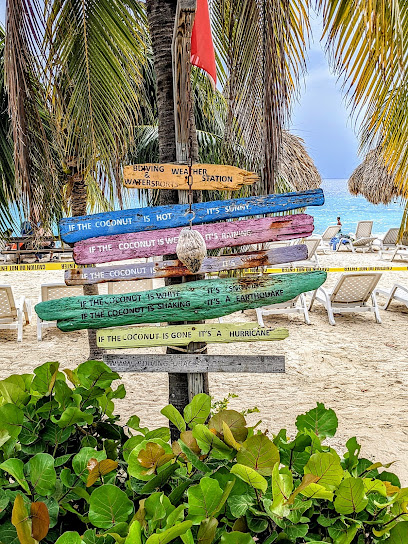
Shete Boka National Park
Discover the breathtaking beauty of Shete Boka National Park, a stunning Caribbean gem with dramatic coastlines, unique wildlife, and unforgettable hiking experiences.
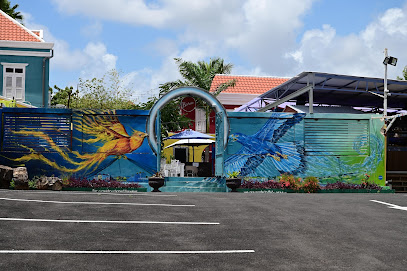
Museum Kura Hulanda
Explore the rich history of Curacao at Museum Kura Hulanda, where artifacts and stories bring the island's past to life in a vibrant setting.
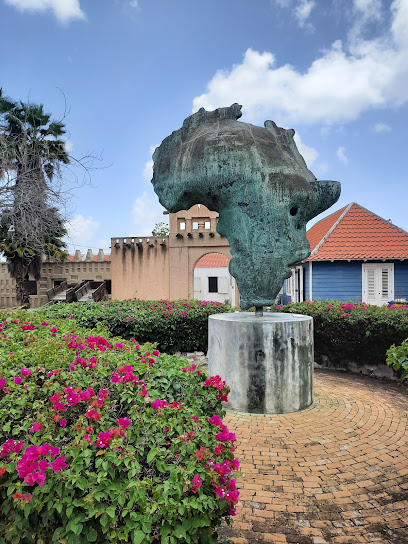
Boka Pistol
Explore Boka Pistol in Shete Boka National Park, a stunning coastal wonder with breathtaking views and unique geological features.
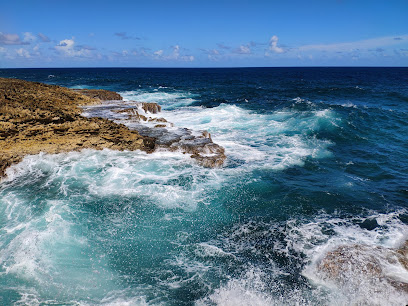
The Curaçao Museum
Explore the vibrant history and culture of Curaçao at The Curaçao Museum, a captivating destination for history enthusiasts and curious travelers alike.
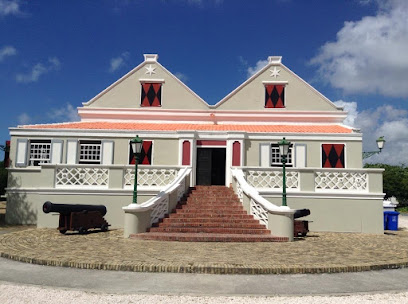
Landhuis Klein Santa Martha hotel
Discover the serene beauty and rich history at Landhuis Klein Santa Martha, a charming hotel in Soto, Curaçao, perfect for relaxation and exploration.

Boka Wandomi
Discover the breathtaking coastal views and serene atmosphere of Boka Wandomi, a must-visit tourist attraction in Curaçao.
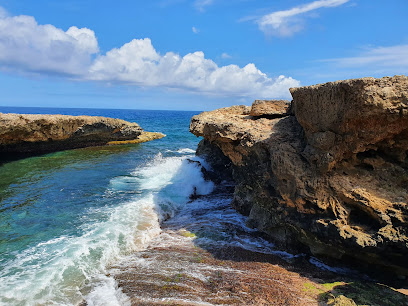
Santa Martha Bay View Lookout Point
Experience stunning panoramic views of the Caribbean Sea at Santa Martha Bay View Lookout Point, a must-visit observation deck in Curaçao.
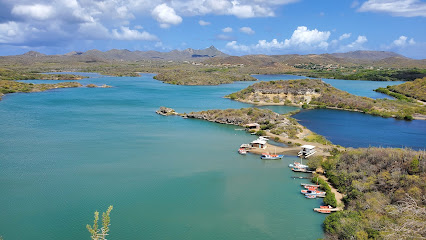
Manor Knip
Explore Manor Knip, a stunning heritage site in Curaçao, where history meets breathtaking vistas and archaeological wonders await.
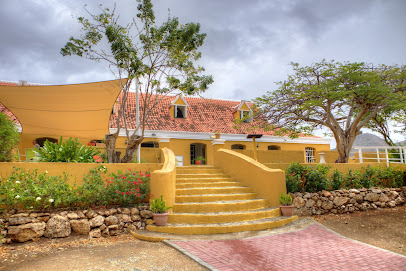
Landhuis Ascencion
Explore the rich history and vibrant culture of Curaçao at Landhuis Ascencion, a charming museum offering a glimpse into the island's heritage.
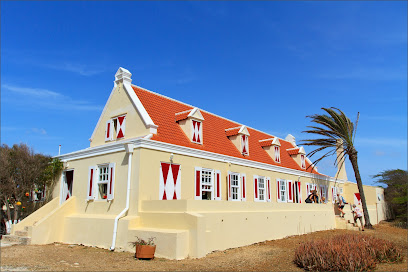
Boka Kalki
Experience the breathtaking beauty of Boka Kalki in Curaçao, a serene coastal haven for snorkeling, swimming, and soaking up the sun.
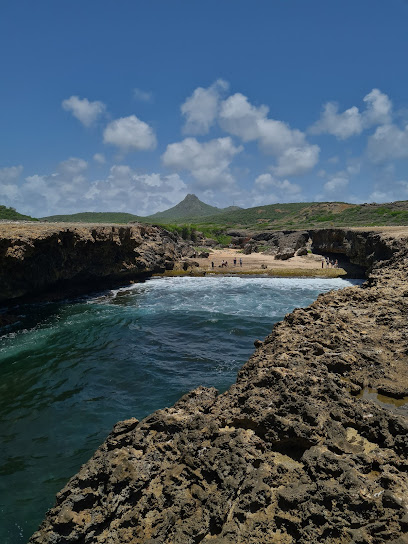
Museo Tula
Explore the vibrant history and culture of Curaçao at Museo Tula, a local history museum rich with artifacts and stories of the island's heritage.
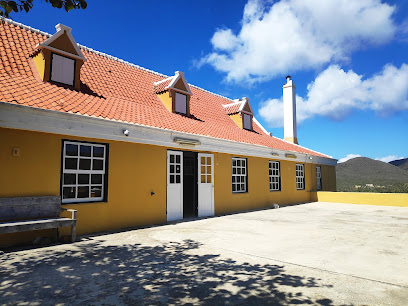
Forti Boka Sami
Experience the vibrant flavors of Curaçao at Forti Boka Sami, a must-visit restaurant in Sint Michiel offering stunning ocean views and delicious local cuisine.
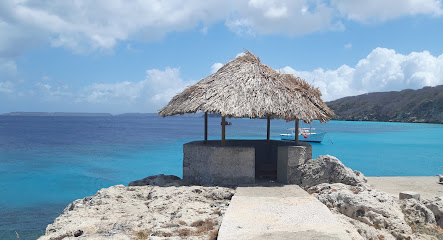
Punda Love Heart
Experience the vibrant charm of Punda Love Heart in Willemstad, a must-visit attraction for unforgettable photos and cultural exploration.
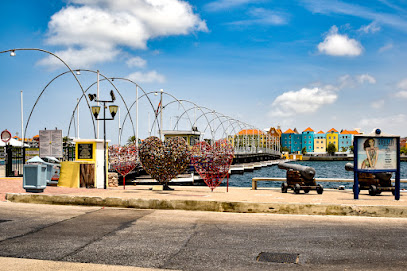
Desenkadená; Unchained (Tula Monument)
Discover the captivating Desenkadená; Unchained monument in Willemstad, a rich testament to Curaçao's vibrant culture and historical legacy.
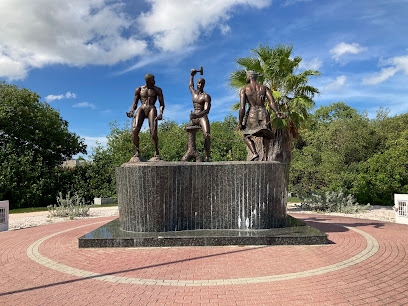
Unmissable attractions to see
Queen Emma Bridge
Explore the stunning Queen Emma Bridge, a floating marvel connecting Punda and Otrobanda in Willemstad, Curaçao, with breathtaking views and rich history.
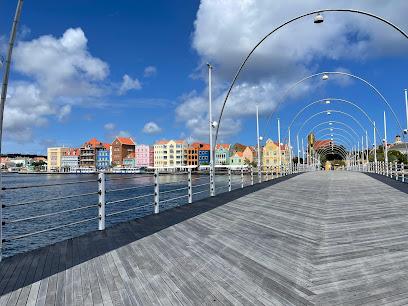
Mambo Beach
Discover Mambo Beach in Willemstad, Curaçao - a blissful blend of sun, sand, and vibrant beach culture perfect for relaxation and adventure.
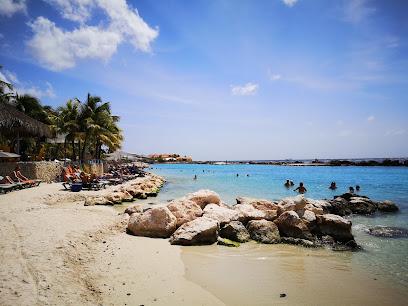
Cas Abao Beach
Experience the ultimate Caribbean getaway at Cas Abao Beach, where sun, sand, and delicious cuisine await in paradise.
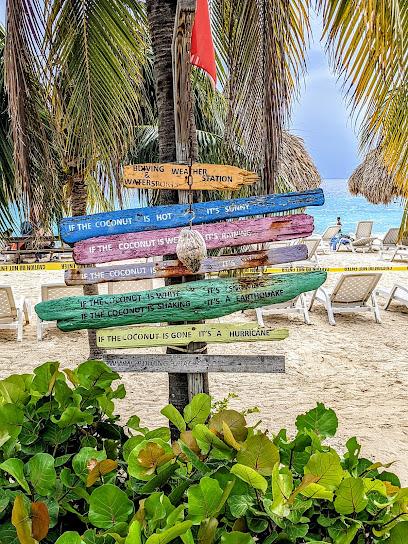
Curaçao Sea Aquarium
Explore the vibrant marine life at Curaçao Sea Aquarium, a top Caribbean attraction offering interactive experiences and stunning underwater exhibits.
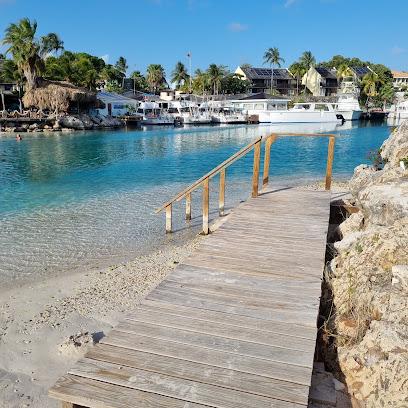
Kokomo Beach
Experience the pristine beauty and vibrant culture of Kokomo Beach, a premier public beach destination in Willemstad, Curaçao.
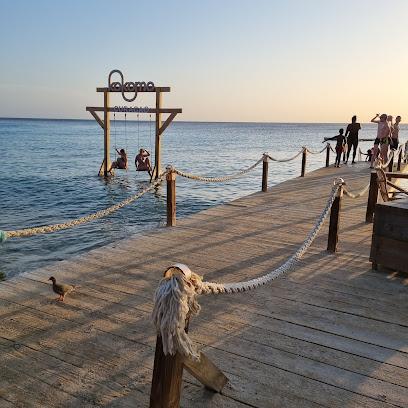
Landhuis Chobolobo
Immerse yourself in the rich cultural heritage of Curaçao at Landhuis Chobolobo, home of the iconic Blue Curaçao liqueur.

Grote Knip
Discover the breathtaking beauty of Grote Knip, a pristine beach in Curaçao known for crystal clear waters and stunning scenery.
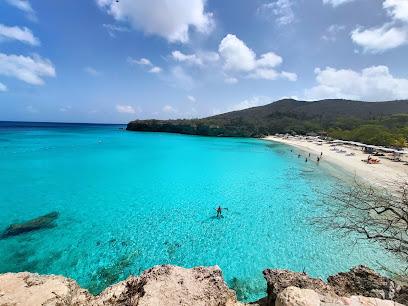
Playa Grandi
Discover the stunning beauty of Playa Grandi in Sabana Westpunt, Curaçao, where sun, sand, and sea come together in perfect harmony.

Christoffel National Park
Experience the breathtaking landscapes and rich biodiversity of Christoffel National Park, a captivating national park in Curaçao.
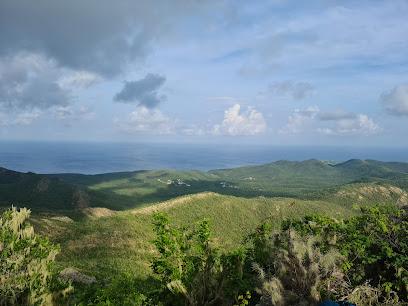
Playa Lagun
Experience the serene beauty of Playa Lagun, Curaçao, a hidden paradise perfect for relaxation, snorkeling, and unforgettable sunsets.
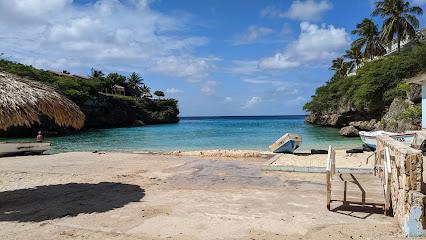
Shete Boka National Park
Experience the rugged beauty and unique wildlife of Shete Boka National Park in Curaçao, a must-visit destination for nature lovers and adventure seekers.
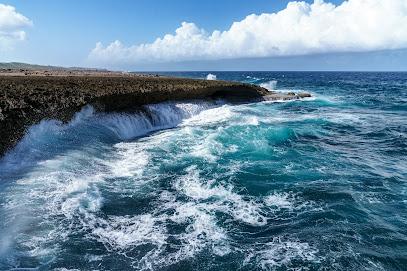
Daaibooi Beach
Experience the beauty of Daaibooi Beach in Curaçao, where crystal-clear waters and stunning sunsets create an unforgettable tropical escape.
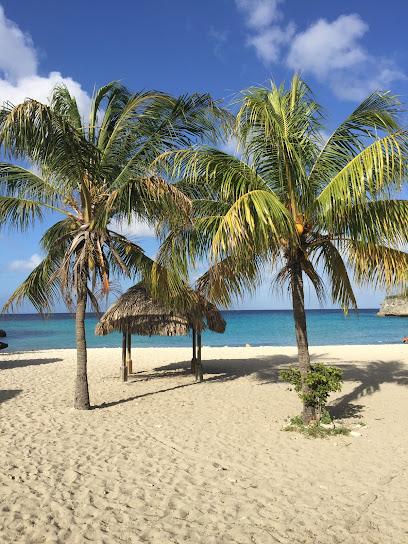
Brión Square
Explore the vibrant Brión Square in Willemstad, Curaçao, a cultural hub with stunning architecture and lively local festivities.
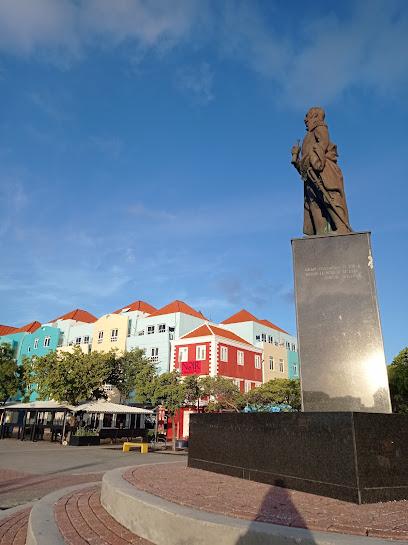
Museum Kura Hulanda
Explore the profound narratives of the Caribbean at Museum Kura Hulanda, where history and culture intertwine in Willemstad, Curaçao.

Playa Porto Marie
Explore the breathtaking Playa Porto Marie in Curaçao, a beach paradise featuring crystal-clear waters, vibrant marine life, and relaxing sunbathing spots.
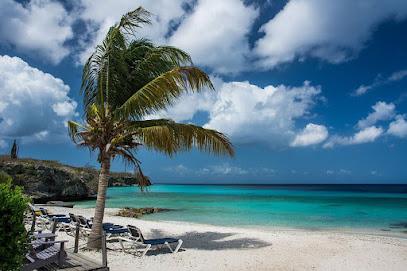
Essential places to dine
Zest Restaurant& Beach Cafe
Discover Zest Restaurant & Beach Cafe: A premier dining spot in Jan Thiel offering delicious Mediterranean cuisine with stunning beach views.
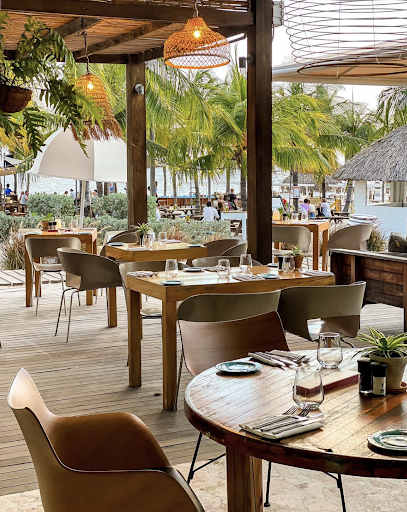
Sea Side Terrace
Experience exquisite seafood dining with stunning coastal views at Sea Side Terrace in Curaçao.
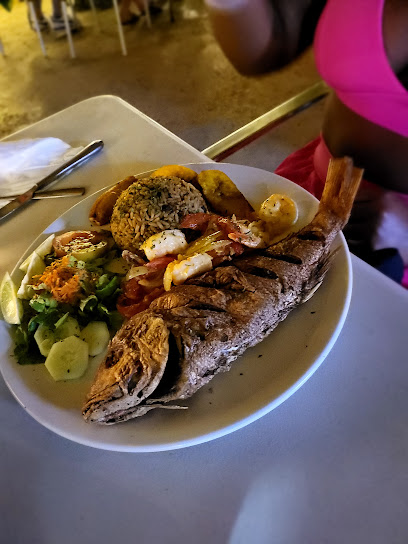
Mundo Bizarro
Discover vibrant dining at Mundo Bizarro in Willemstad, Curaçao - where delicious food meets lively entertainment.
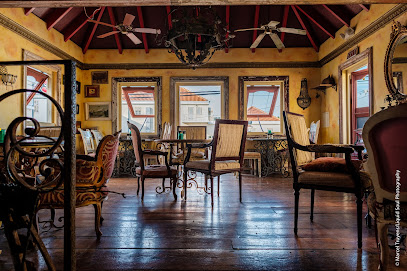
Restaurant Playa Forti
Experience authentic Caribbean flavors at Restaurant Playa Forti in Sabana Westpunt - where breathtaking views meet exquisite dining.
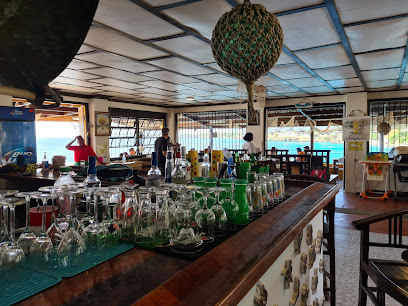
Jaanchie Restaurant
Discover authentic Curaçaoan flavors at Jaanchie Restaurant in Sabana Westpunt - where every dish tells a story.
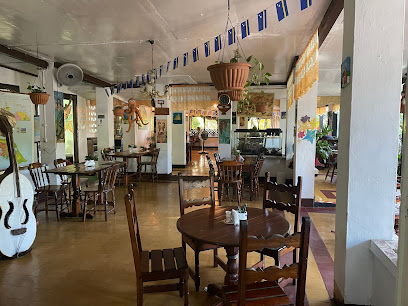
Koko's
Discover Koko's in Jan Thiel - where exquisite cuisine meets breathtaking views in Curaçao.

Osteria Rosso
Experience authentic Italian cuisine at Osteria Rosso in Willemstad, Curaçao – where every dish tells a story.
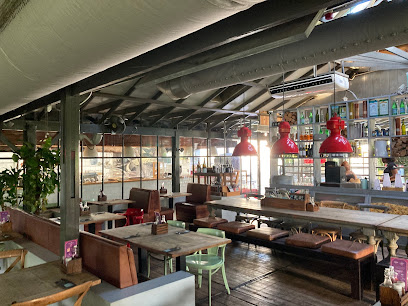
Blue View Sunset Terrace
Discover exquisite dining at Blue View Sunset Terrace with stunning sunset views and authentic local flavors in Curaçao.
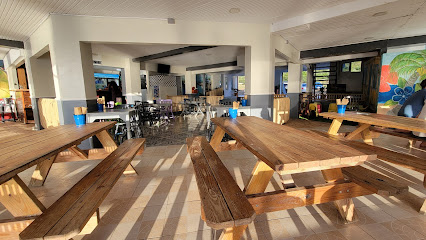
Shelterrock Paradise
Discover Shelterrock Paradise: A Culinary Haven with Live Music in the Heart of Curaçao
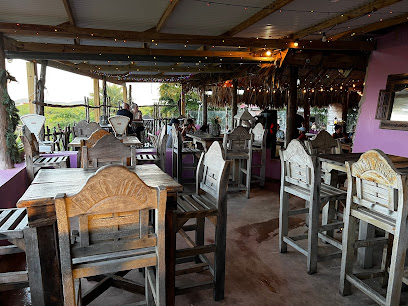
The Niffo Huts
Discover Caribbean culinary delights at The Niffo Huts in Sint Michiel - where great food meets vibrant island culture.

Maira's Kitchen
Experience authentic Curaçaoan cuisine at Maira's Kitchen—where local flavors meet warm hospitality in the heart of Willemstad.

Sol Food
Discover authentic Caribbean flavors at Sol Food in Westpunt, Curaçao – where every dish tells a story.
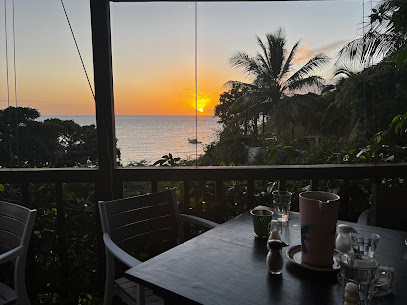
Boca 19 Curaçao
Discover Boca 19 in Curaçao: A beachside restaurant offering exquisite Caribbean and international cuisine with breathtaking sea views.

Bario Foodyard
Explore the vibrant culinary landscape of Willemstad at Bario Foodyard - where local flavors meet international cuisine in an inviting atmosphere.
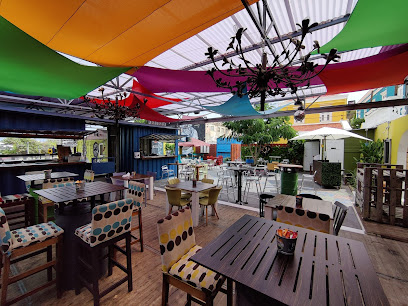
Koraal Rooftop Terrace
Discover Koraal Rooftop Terrace - where exquisite cuisine meets breathtaking Caribbean views for an unforgettable dining experience.
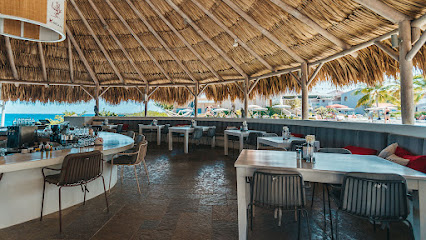
Markets, malls and hidden boutiques
Renaissance Mall & Rif Fort
Experience shopping, dining, and history at Renaissance Mall & Rif Fort in Willemstad, Curaçao - a unique blend of modern and traditional.
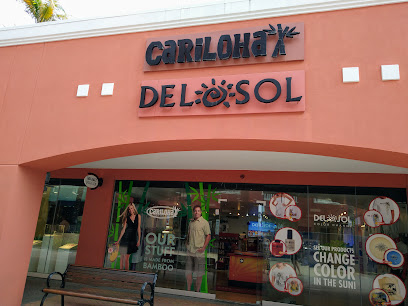
Sambil Curacao
Experience the vibrant shopping scene at Sambil Curacao, where local culture meets international brands in a beautiful Caribbean setting.
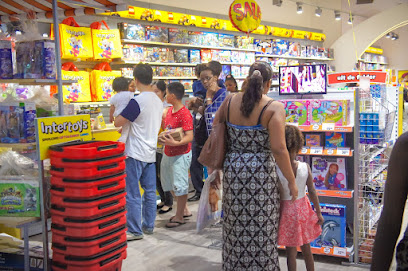
Zuikertuin Mall
Experience the vibrant shopping and dining scene at Zuikertuin Mall in Willemstad, Curaçao – a must-visit destination for all tourists.
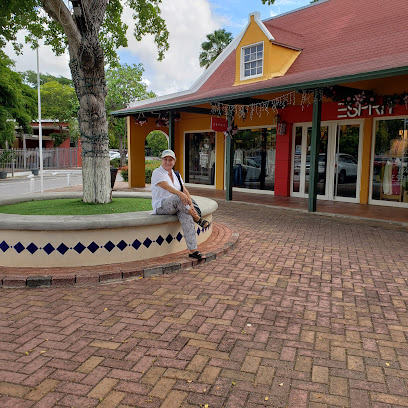
Bloempot Shopping Center
Experience the vibrant Bloempot Shopping Center in Willemstad, where shopping meets local culture and culinary delights await.
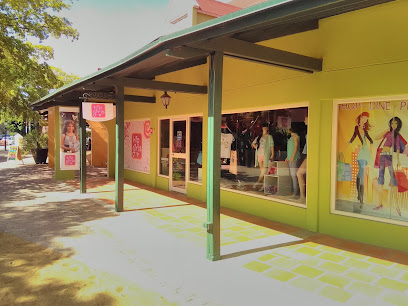
Mister & Miss Exclusive
Explore Mister & Miss Exclusive in Willemstad for unique clothing that captures the vibrant spirit of Curaçao's fashion scene.
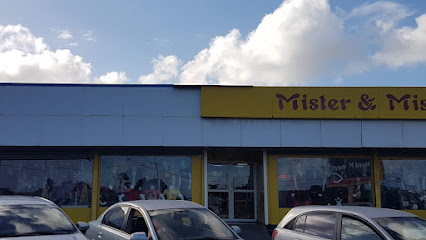
MAYAS CLOTHING CURAÇAO
Shop vibrant Caribbean fashion at Mayas Clothing Curaçao, your go-to destination for unique outfits and local styles in Willemstad.
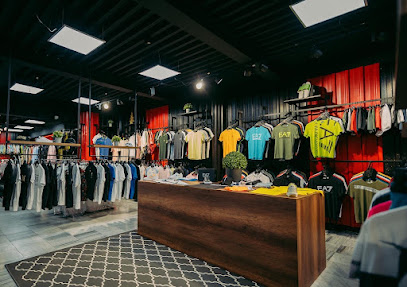
Chichi Shop Punda
Discover authentic Curaçaoan souvenirs at Chichi Shop Punda, where local artistry meets vibrant island culture for a unique shopping experience.
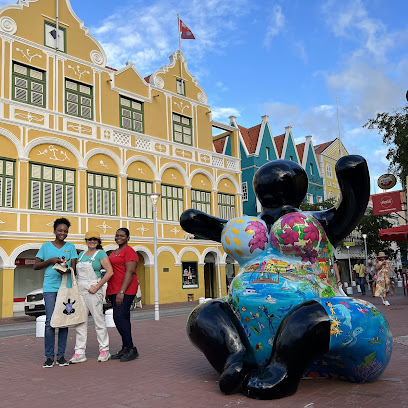
Copperstone
Discover authentic Curaçaoan crafts and unique souvenirs at Copperstone, a charming store in the heart of Willemstad.
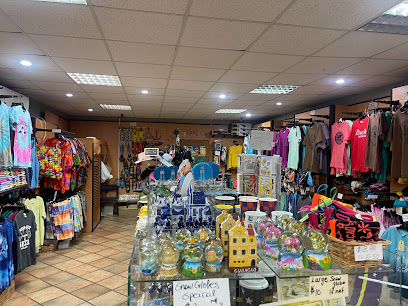
Nonstop Family store
Explore the Nonstop Family Store in Willemstad for a diverse selection of clothing, toys, and accessories for all ages, perfect for family shopping in Curaçao.
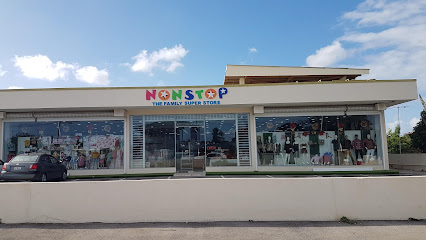
Concept Store by Sea & Sand
Explore unique local crafts and trendy fashion at Concept Store by Sea & Sand in Willemstad, Curaçao.

Shivam Fashion Stop
Discover a unique shopping experience at Shivam Fashion Stop in Curaçao, where fashion meets affordability and variety.
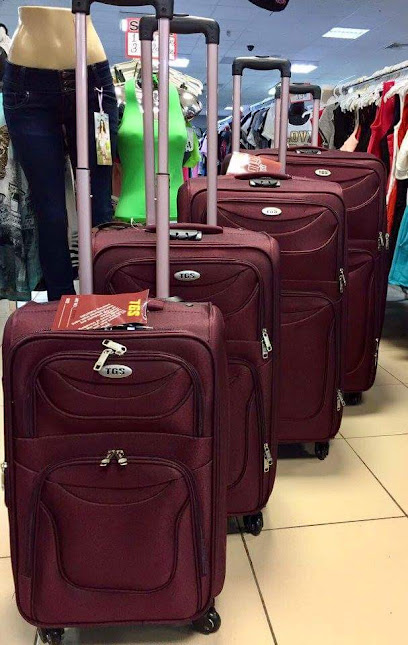
Jolly Fashion by Prakash
Explore Jolly Fashion by Prakash in Willemstad for a unique shopping experience with stylish clothing, jewelry, and accessories reflecting Curaçao's vibrant culture.
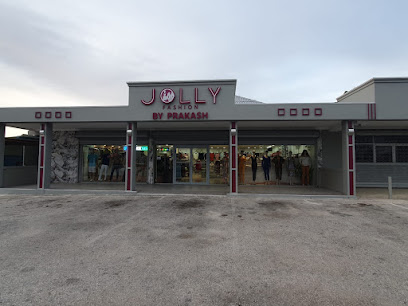
JOY by OPRA
Discover the vibrant spirit of Curaçao at JOY by OPRA, where unique gifts and local craftsmanship come together in a delightful shopping experience.
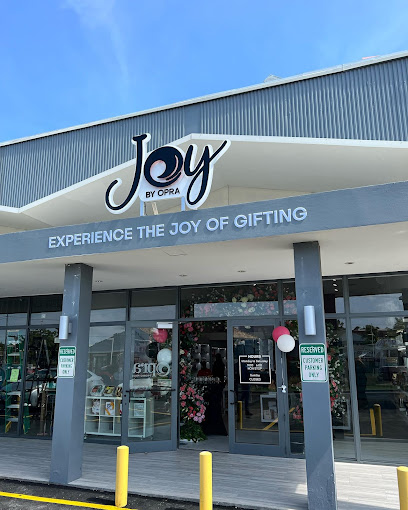
Island Treasures
Discover unique local crafts and souvenirs at Island Treasures, the ultimate shopping destination in Willemstad, Curaçao.

Fashionista
Discover Fashionista in Willemstad for a trendy shopping experience showcasing unique local styles and vibrant apparel perfect for every occasion.
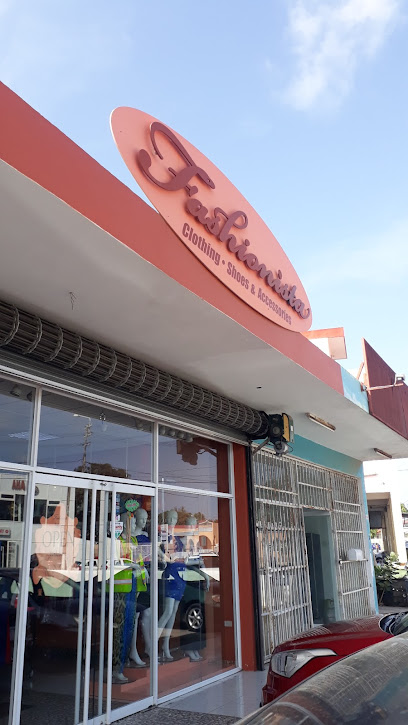
Essential bars & hidden hideouts
Daaibooi Beach Bar
Discover the serene beauty and vibrant atmosphere of Daaibooi Beach Bar, where relaxation meets the flavors of Curaçao.
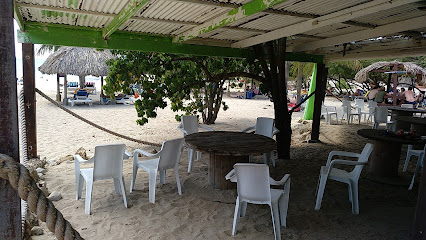
Shelterrock Paradise
Discover the lively ambiance of Shelterrock Paradise, where delicious food meets unforgettable live music in the heart of Curaçao.
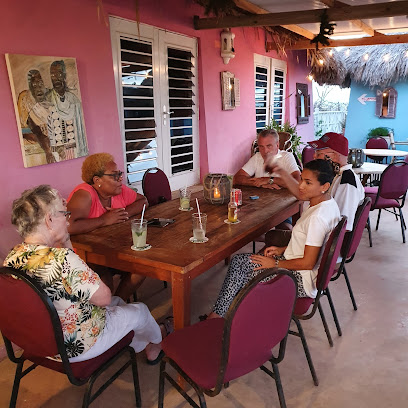
Netto Bar
Experience the vibrant nightlife of Willemstad at Netto Bar, a local favorite for refreshing drinks and great ambiance.
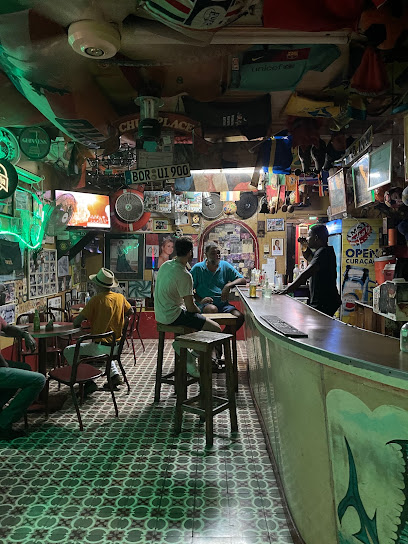
The Best Smoothie in Curacao
Experience a refreshing oasis with the best smoothies in Curacao, crafted from fresh local ingredients in a vibrant atmosphere.
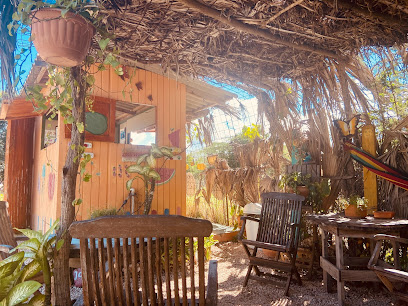
Schooner Bar
Discover Schooner Bar in Willemstad, Curaçao, where vibrant flavors and a coastal atmosphere create a perfect dining experience for every traveler.
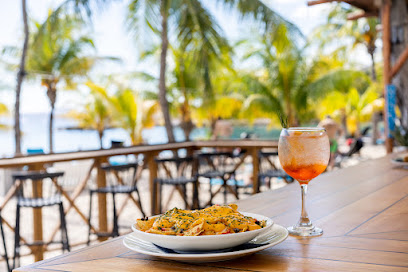
La Fogata Terrace & Sports Bar
Discover the vibrant flavors and lively sports atmosphere at La Fogata Terrace & Sports Bar in Willemstad, Curaçao.
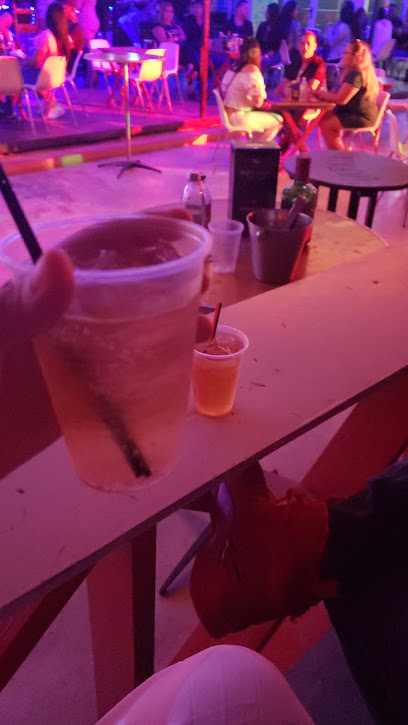
Doo-shee cocktail bar
Discover the vibrant atmosphere of Doo-shee Cocktail Bar in Willemstad, where creative cocktails and lively ambiance create unforgettable experiences.
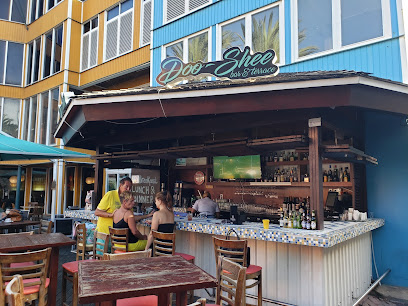
The World Best Mojito Bar
Experience the vibrant atmosphere and refreshing mojitos at the World Best Mojito Bar in the heart of Willemstad, Curaçao.
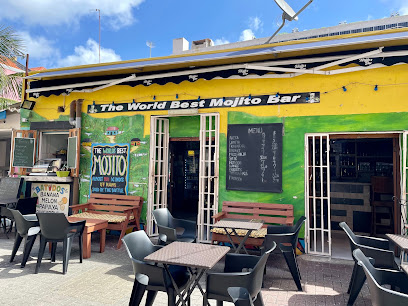
The Hills
Discover the serene charm of The Hills, a cozy bar and lodging in Willemstad, perfect for relaxation and local flavors amidst nature.
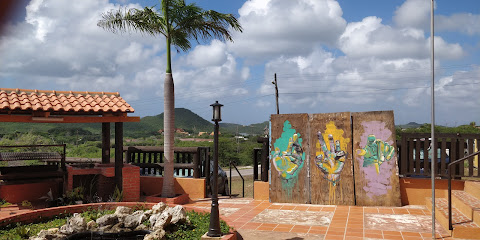
Rif fort bar
Experience the vibrant nightlife and rich history at Rif Fort Bar, a must-visit destination in Willemstad, Curaçao for unforgettable local flavors.
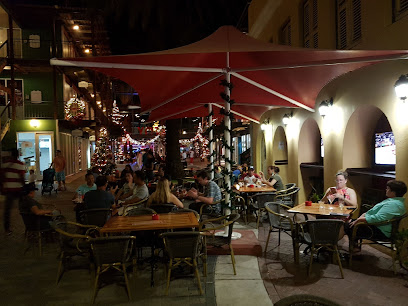
Adegas Restobar
Discover the vibrant culinary scene at Adegas Restobar in Tera Kora, Curaçao, where delectable grilled dishes and refreshing drinks await.
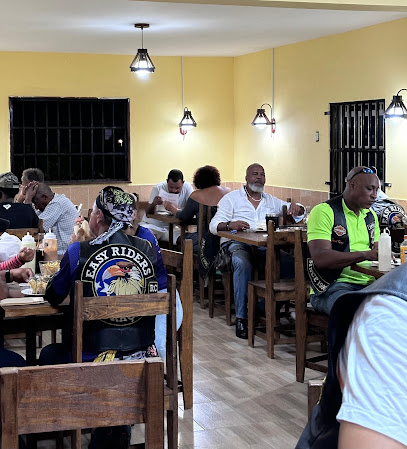
Tabú Bar & Bites Curacao
Discover a lively cocktail bar and restaurant in Willemstad, Curacao, offering innovative drinks and delicious local cuisine.
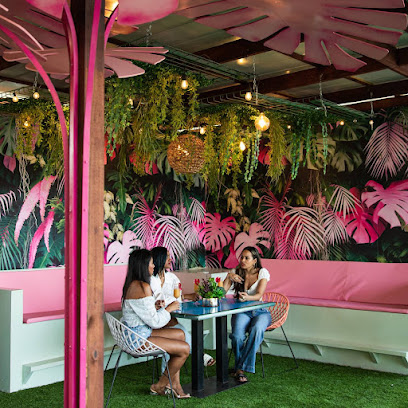
Porto Mari restaurant & bar
Experience the vibrant flavors and atmosphere at Porto Mari Restaurant & Bar, a must-visit destination in Willemstad, Curaçao.
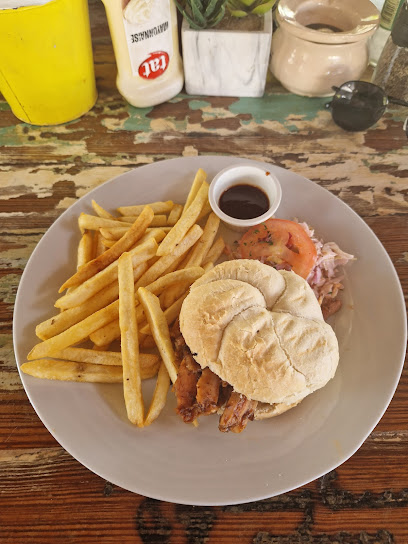
Love Coco f.i.u
Discover Love Coco f.i.u, a lively bar in Grote Berg, Curaçao, offering refreshing cocktails and a vibrant atmosphere perfect for relaxation and socializing.
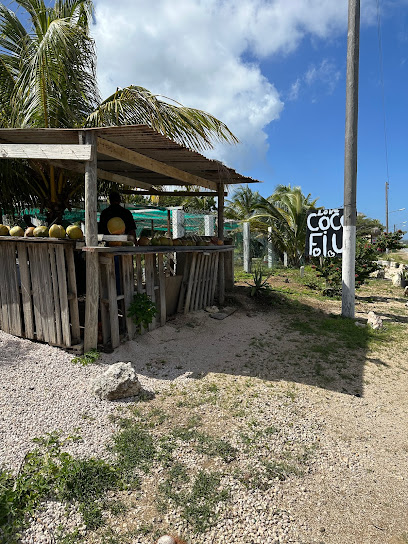
Bow di palu snack
Discover the flavors of Curaçao at Bow di Palu Snack, a charming bar in Jan Donker offering delicious snacks and refreshing drinks.
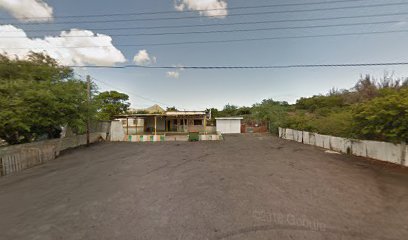
Local Phrases
-
- HelloBon dia
[bon dee-ya] - GoodbyeAyo
[ah-yo] - YesSí
[see] - NoNo
[no] - Please/You're welcomePor fabor
[por fa-bor] - Thank youDanki
[dahn-kee] - Excuse me/SorrySori
[so-ree] - How are you?Kon ta bai?
[kon ta ba-ee?] - Fine. And you?Bon. I bai?
[bon. ee ba-ee?] - Do you speak English?Bo ta papia Ingles?
[bo ta pa-pee-ya ing-gles?] - I don't understandMi no ta kompronde
[mee no ta kom-pron-de]
- HelloBon dia
-
- I'd like to see the menu, pleaseMi kier mira e menu, por fabor
[mee keer mee-rah e meh-noo, por fa-bor] - I don't eat meatMi no ta kome karni
[mee no ta ko-me kar-nee] - Cheers!Salú
[sa-loo] - I would like to pay, pleaseMi kier paga, por fabor
[mee keer pa-ga, por fa-bor]
- I'd like to see the menu, pleaseMi kier mira e menu, por fabor
-
- Help!Yudami!
[yoo-da-mee] - Go away!Bai bek!
[bye bek] - Call the Police!Yama polis!
[ya-ma po-lis] - Call a doctor!Yama un dokter!
[ya-ma oon dok-ter] - I'm lostMi a bira perdi
[mee a bee-ra per-dee] - I'm illMi ta malu
[mee ta ma-loo]
- Help!Yudami!
-
- I'd like to buy...Mi kier kumpra...
[mee keer koom-pra] - I'm just lookingMi ta solamente mira
[mee ta so-la-men-te mee-rah] - How much is it?Kuantu e ta kostá?
[kwan-too e ta kos-ta?] - That's too expensiveEsaki ta muchu karu
[eh-sa-kee ta moo-choo ka-roo] - Can you lower the price?Bo por baha e preis?
[bo por ba-ha e preis?]
- I'd like to buy...Mi kier kumpra...
-
- What time is it?Kuantu ora e ta?
[kwan-too o-ra e ta?] - It's one o'clockTa un ora
[ta oon o-ra] - Half past (10)Mita di dies
[mee-ta dee dees] - MorningMarduga
[mar-doo-ga] - AfternoonAtardi
[ah-tar-dee] - EveningAnochi
[a-no-shee] - YesterdayAyera
[ay-eh-ra] - TodayAwe
[ah-weh] - TomorrowMañana
[ma-nya-na] - 1Un
[oon] - 2Dos
[doss] - 3Tres
[tres] - 4Cuater
[kwa-ter] - 5Cinco
[seen-ko] - 6Seis
[sace] - 7Siete
[syet-te] - 8Ocho
[oh-cho] - 9Nuebe
[nwe-be] - 10Dies
[dees]
- What time is it?Kuantu ora e ta?
-
- Where's a/the...?Unda ta un/e...?
[oon-da ta oon/e] - What's the address?Kua ta e adres?
[kwa ta e a-dres] - Can you show me (on the map)?Bo por mustra mi (riba e mapa)?
[bo por moos-tra mee (ree-ba e ma-pa)] - When's the next (bus)?Kuando ta e siguiente (bus)?
[kwan-do ta e see-gwen-te (bus)] - A ticket (to ....)Un tiki (pa ....)
[oon tee-kee (pa)]
- Where's a/the...?Unda ta un/e...?
History of Soto
-
Long before European explorers set foot on Curacao, the indigenous Arawak people inhabited the island. Soto was one of the many areas where the Arawaks lived, hunting, fishing, and farming. Their presence is evidenced by archaeological finds, such as pottery and tools, scattered throughout the region.
-
In 1499, Spanish explorer Alonso de Ojeda, accompanied by Amerigo Vespucci, discovered Curacao. The Spanish established small settlements, including in the area now known as Soto. The indigenous population was significantly impacted by diseases brought by the Europeans and the subsequent forced labor.
-
In 1634, the Dutch seized Curacao from the Spanish. Soto became part of the Dutch West India Company's network of plantations. The land in and around Soto was used primarily for agriculture, producing crops like maize, beans, and aloe vera. The plantation system also relied heavily on enslaved Africans, whose descendants still reside in the area today.
-
Landhuis San Nicolas, a historic plantation house in Soto, stands as a testament to the Dutch colonial era. Built in the 18th century, it served as the main house for the plantation owners. Today, it remains a significant architectural and historical landmark, offering visitors a glimpse into the colonial past.
-
In 1863, slavery was abolished in Curacao, leading to profound changes in Soto and its surrounding areas. Formerly enslaved individuals established new communities and began to work the land for their own benefit. This period marked a significant transition in the social and economic fabric of Soto.
-
Soto is home to the Tula Monument, dedicated to the leader of the 1795 slave revolt against the Dutch colonial authorities. Tula is a national hero in Curacao, and the monument in Soto serves as a powerful reminder of the struggle for freedom and justice.
-
Today, Soto is a vibrant community that celebrates its rich history and cultural heritage. Efforts to preserve historical landmarks, traditional music, dance, and culinary practices are evident throughout the area. The annual cultural festivals and events attract both locals and tourists, fostering a deep appreciation for the unique legacy of Soto.
Soto Essentials
-
Soto is located in the western part of Curacao. The nearest international airport is Hato International Airport (CUR), approximately 30 kilometers away. From the airport, you can take a taxi, rent a car, or use a shuttle service to reach Soto. The drive typically takes around 40 minutes. Public buses also connect the airport to various parts of the island, including Soto.
-
Within Soto, the best way to get around is by renting a car, as public transportation options are limited. Taxis are available but can be more expensive. If you prefer a more local experience, you can use the 'konvoi' minibus system that operates on fixed routes around the island. Biking can be an option for short distances and to explore the scenic countryside.
-
The official currency in Curacao is the Netherlands Antillean Guilder (ANG), but US dollars are widely accepted. Credit cards are accepted in most hotels, restaurants, and shops. However, it is advisable to carry some cash for smaller establishments and local markets. ATMs are available in Soto and surrounding areas for withdrawing cash.
-
Soto is generally a safe destination for tourists, but it is always wise to take standard precautions. Avoid walking alone at night in unfamiliar areas and keep an eye on your belongings in crowded places. While Soto itself has low crime rates, it is advisable to stay vigilant, particularly in more isolated areas or when hiking.
-
In case of emergency, dial 911 for immediate assistance. The nearest medical facilities are in Willemstad, about 30 kilometers away. It is recommended to have travel insurance that covers medical emergencies. For minor health issues, there are pharmacies in Soto where you can purchase over-the-counter medications.
-
Fashion: Do dress comfortably but modestly, especially when visiting religious sites. Avoid overly revealing clothing. Religion: Do respect local customs and traditions. When visiting churches, dress conservatively and behave respectfully. Public Transport: Do be respectful to fellow passengers. Don't eat or drink on public transport. Greetings: Do greet people with a smile and a friendly 'Bon dia' (Good day). A handshake is also common. Eating & Drinking: Do try local dishes and accept food offerings graciously. Don’t refuse hospitality, as it is considered impolite.
-
To experience Soto like a local, visit the local markets to buy fresh produce and traditional Curacaoan goods. Engage with locals; they are often friendly and willing to share stories about the area's history and culture. Don’t miss the opportunity to visit the nearby Christoffel National Park and climb Mount Christoffel for stunning views. Also, take time to explore the beautiful beaches and try local seafood dishes.
Trending Landmark in Soto
Nearby Cities to Soto
-
Things To Do in Barber
-
Things To Do in Sabana Westpunt
-
Things To Do in Westpunt
-
Things To Do in Sint Michiel
-
Things To Do in Julianadorp
-
Things To Do in Willemstad
-
Things To Do in San Nicolas
-
Things To Do in Savaneta
-
Things To Do in Santa Cruz
-
Things To Do in Pos Chiquito
-
Things To Do in Paradera
-
Things To Do in Sero Blanco
-
Things To Do in Tanki Leendert
-
Things To Do in Oranjestad
-
Things To Do in Noord











